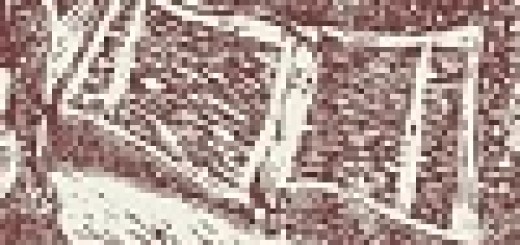Now, the Ratzon HaKadoom includes ten general sefirot within itself, like concentric circles. For this reason it is also called, “The First Circle” (Igul HaRishon). This first circle is the primal desire for pleasure and desire (Keter). The next circles are the primal desires for wisdom and understanding (Chochmah & Binah). Next is the circle of Chesed, which is the primal desire for kindness and love. It is followed by the circle of Gevurah, which is the primal desire for might. Following is the primal desire for mercy (Tiferet). Then, is the primal desire to triumph (Netzach). This is followed by the primal desire for honor and splendor (Hod), after which is the primal desire to be influential (Yesod). The final, innermost circle is the primal desire for action or communication (Malchut). These ten constitute the sefirot of primal desire.
Each of these sefirot includes ten particular sefirot etc. However, the particular sefirot are not recognizable. At this point there is no visible division into particular desires, even though all the particulars are included there and come from there. For example, a person’s desire to understand a specific wisdom is hidden within his primal desire to be wise, his desire to do a specific kindness is hidden within his primal desire to be kind, etc. Here, though, the sefirot are general primal desires. These sefirot are called Igullim (Circles). From this it is apparent that in the Sefirot of Igullim (Circles), which are primal desires, the original primal desire is the outermost circle, while the desire for the action is the innermost circle.





















